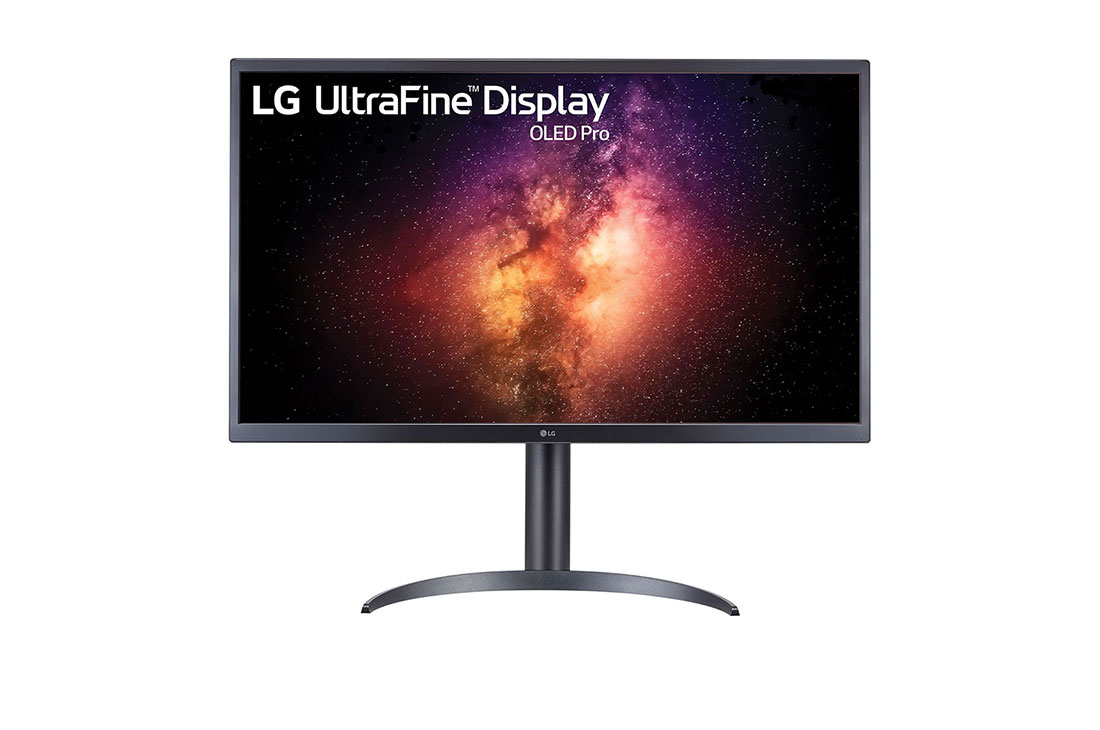NASA TV Coverage Scheduled for Upcoming Spacewalks, Briefing

Three crew members from Expedition 64 will conduct two spacewalks working in pairs Sunday, Feb. 28, and Friday, March 5, to continue upgrades on the International Space Station. NASA will discuss the upcoming spacewalks during a news conference at 2 p.m. EST Wednesday, Feb. 24.
Live coverage of the briefing and spacewalks will air on NASA Television, the NASA app, and the agency’s website.

With safety restrictions related to the ongoing coronavirus (COVID-19) pandemic, NASA centers will be unable to host reporters on-site. Reporters who wish to participate by telephone must call the newsroom at NASA’s Johnson Space Center in Houston at 281-483-5111 to RSVP no later than 4 p.m. Tuesday, Feb. 23. Those following the briefing on social media may ask questions using #AskNASA.
News conference participants include:
- Kenny Todd, deputy manager, International Space Station Program
- Marcos Flores, March 5 spacewalk flight director
- Chris Edelen, Feb. 28 spacewalk flight director
- Art Thomason, spacewalk officer
Live coverage of the Sunday, Feb. 28, spacewalk will begin at 4:30 a.m., with the crew members scheduled to exit the station’s Quest airlock about 6:00 a.m. Coverage of the spacewalk on Friday, March 5, will begin at 5:30 a.m., with the astronauts exiting the hatch about 7:00 a.m. Each spacewalk will last approximately six and a half hours.
NASA flight engineers Kate Rubins and Victor Glover, as well as Japan Aerospace Exploration Agency (JAXA) astronaut Soichi Noguchi, will conduct the upcoming spacewalks, which will be the 235th and 236th in the history of station assembly, maintenance, and upgrades.
On Sunday, Feb. 28, Rubins and Glover will step out of the space station to begin assembling and installing modification kits required for upcoming solar array upgrades. The current solar arrays are functioning well, but have begun to show signs of degradation, as expected, as they were designed for a 15-year service life. The first pair of solar arrays were deployed in December 2000 and have been powering the station for more than 20 years. Later this year, the new solar arrays will be positioned in front of six of the current arrays, increasing the station’s total available power from 160 kilowatts to up to 215 kilowatts. Rubins will be extravehicular crew member 1 (EV 1) wearing red stripes. Glover will be extravehicular crew member 2 (EV 2) and wear a suit with no stripes.
On Friday, March 5, Rubins and Noguchi will venture outside the orbiting outpost to vent ammonia from the Early Ammonia System and complete several other tasks. The pair will install a “stiffener” on the Quest airlock thermal cover to prevent it from blowing out when residual atmosphere escapes as the hatch is opened. Glover began addressing this issue on a previous spacewalk by installing a stronger magnet to keep the cover closed. The crew also will remove and replace a wireless video transceiver assembly. Rubins will be EV 1 and Noguchi will be EV 2.
These spacewalks will be the third and fourth in Rubins’ career. Glover has conducted two spacewalks as part of this expedition, making the spacewalk on Feb. 28 the third in his career. The March 5 spacewalk will be the fourth in Noguchi’s career.
In November 2020, the International Space Station surpassed its 20-year milestone of continuous human presence, providing opportunities for unique research and technological demonstrations that help prepare for long-duration missions to the Moon and Mars and also improve life on Earth. In that time, 242 people from 19 countries have visited the orbiting laboratory that has hosted nearly 3,000 research investigations from researchers in 108 countries and areas.
For more information about the International Space Station, its research, and its crew, please visit:





